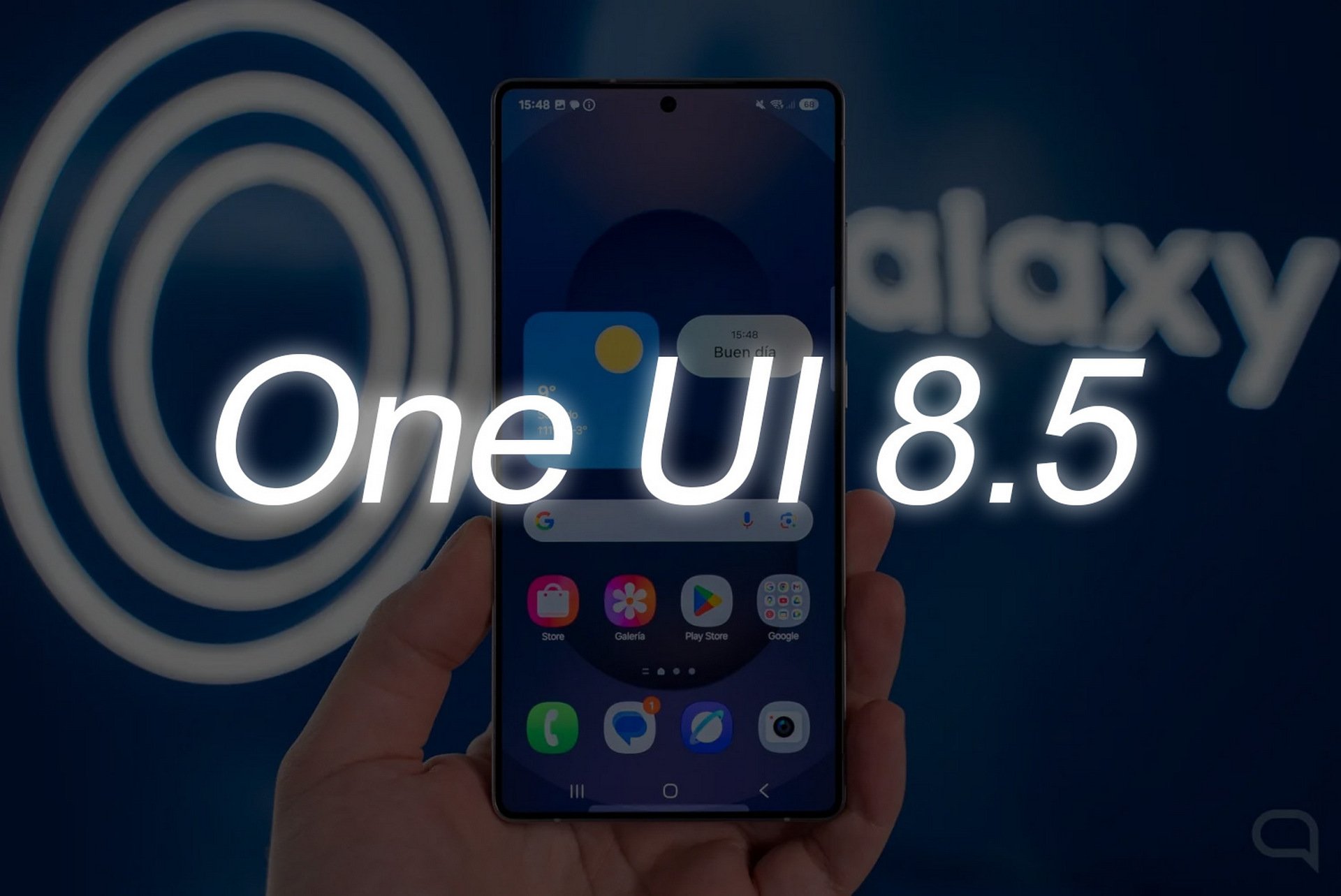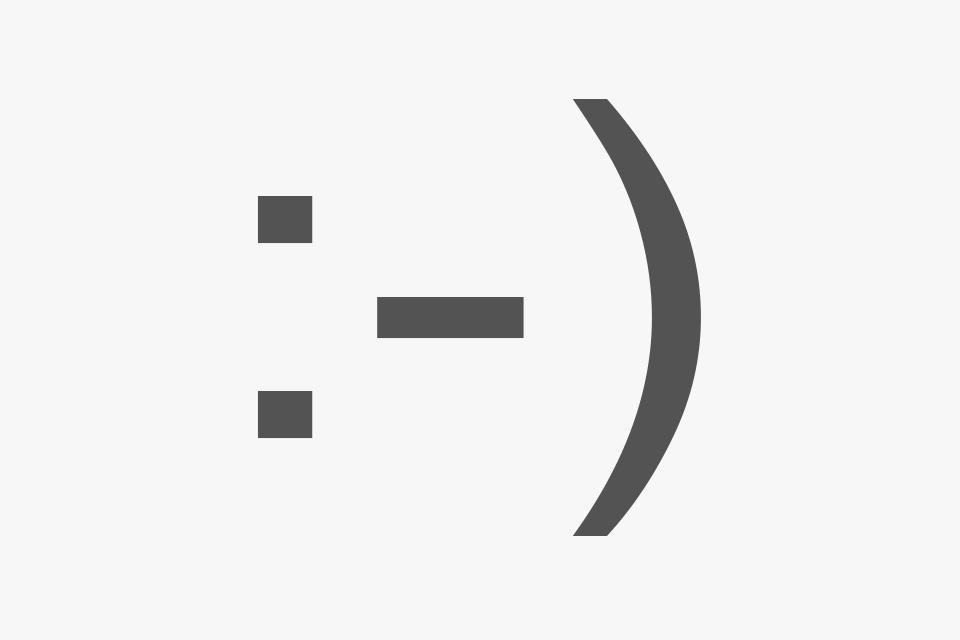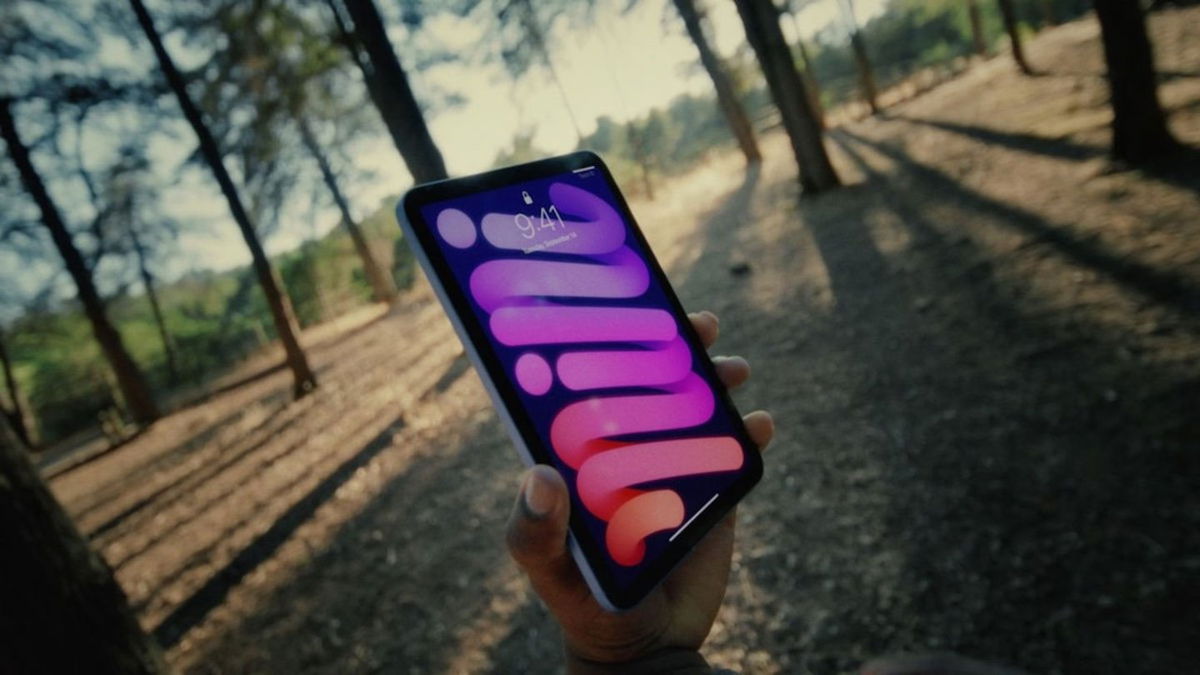Monday (19) pointed to an unusual but important event: 40th Anniversary of the First Emoji – more precisely, Expression. Its official appearance was at the suggestion of Professor Scott E. Fahlman of Carnegie Mellon University. Decades later, suggestion would become a core part of online communication, often used to clarify emotions or set the tone of messages.
More specifically, the case took place in some sort of primitive online forum at the university where Fahlman taught. BBboard or Bulletin Board. There at 11:44 am he said “I suggest the following line for the jokes: :-)” he suggested “Read it aside”.
Complementing the suggestion, Fahlman even draws a series with good humor for the opposite sentiment: “Actually, given current trends, it’s probably more economical to label things that aren’t jokes. Use 🙁 ” for that.
With the adoption and spread of the Internet, the verses eventually entered popular acclaim and were called “Phrases”. Its use in forums and online chats skyrocketed in the 1990s, producing a number of variations on the original figures.
Kaomojis and Emojis
At the same time, an alternative “language” to Emoticons was created: kaomoji. In it, users are more expressive, write more characters and can read strings horizontally. Despite its appeal, the format has gained more international fame more recently, at the start of the “Age of Memes” that began in the 2010s.
Currently, the most common form of emoticon in text messages is emojis, followed by stickers, which are popular on WhatsApp and Telegram. However, while the original Phrases are “retired”, their importance still translates into communication trends decades after they were introduced.
Source: Tec Mundo











